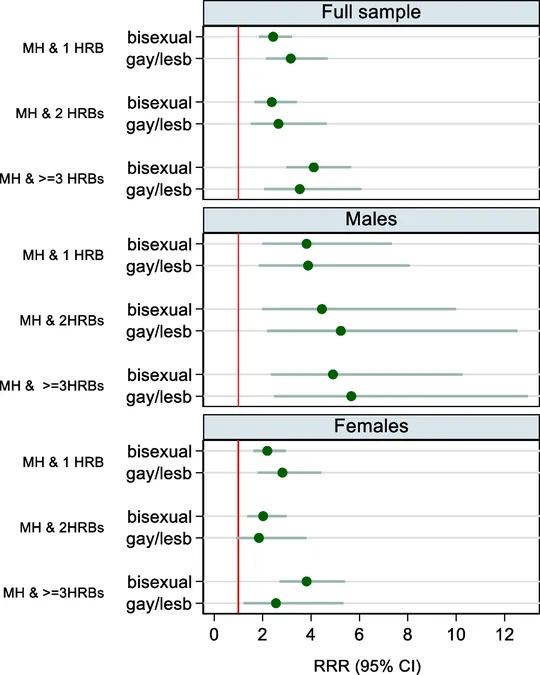
Unlocking the Secrets of the Heart: How Stem Cells Unveil the Proteomic Puzzle
2025-06-17
Author: John Tan
In a groundbreaking study, researchers are diving deep into the intricate world of heart tissues using induced pluripotent stem cells (iPSCs) as a powerful tool. These remarkable cells are showing promise in modeling diverse tissues and an array of heart disorders, but the human heart’s complexity poses its own set of challenges.
Led by Lizhuo Ai, Aleksandra Binek, and Vladimir Zhemkov at Cedars-Sinai Medical Center, the research team set out to explore heart cells at various development stages, yielding compelling insights published in the journal **Molecular & Cellular Proteomics**. Their innovative approach involved transforming iPSCs into cardiomyocytes—heart muscle cells—and scrutinizing the proteomic profiles at different time intervals through advanced mass spectrometry.
Remarkably, the study revealed distinct proteomic variations among different groups of iPSC-derived cardiomyocytes (iCMs) after just three weeks of differentiation, indicating they had evolved into several subtypes. This finding highlights the heart’s cellular diversity, with exosomes—tiny extracellular vesicles loaded with biomolecules—playing a pivotal role in intercellular communication.
Additionally, when comparing iCMs with adult human cardiomyocytes (aCMs), the team found striking similarities in muscle-related proteins. However, they discovered that aCMs boasted a richer array of mitochondrial proteins, signaling that iCMs are still maturing metabolically. This insight could reshape our understanding of cardiac health and disease.
Intriguingly, the researchers also identified certain adult heart cells exhibiting markers typically associated with brain cells, suggesting the possibility of a novel cell type. This discovery could unravel new layers of heart cell diversity, potentially reshaping our knowledge of exosome formation and heart function.
The findings underscore the potential of iPSCs not only in mimicking the cardiomyocyte proteome but also in producing a diverse range of tissues. This paves the way for innovative research and treatments targeting heart diseases, opening new frontiers in cardiac therapy.



 Brasil (PT)
Brasil (PT)
 Canada (EN)
Canada (EN)
 Chile (ES)
Chile (ES)
 Česko (CS)
Česko (CS)
 대한민국 (KO)
대한민국 (KO)
 España (ES)
España (ES)
 France (FR)
France (FR)
 Hong Kong (EN)
Hong Kong (EN)
 Italia (IT)
Italia (IT)
 日本 (JA)
日本 (JA)
 Magyarország (HU)
Magyarország (HU)
 Norge (NO)
Norge (NO)
 Polska (PL)
Polska (PL)
 Schweiz (DE)
Schweiz (DE)
 Singapore (EN)
Singapore (EN)
 Sverige (SV)
Sverige (SV)
 Suomi (FI)
Suomi (FI)
 Türkiye (TR)
Türkiye (TR)
 الإمارات العربية المتحدة (AR)
الإمارات العربية المتحدة (AR)